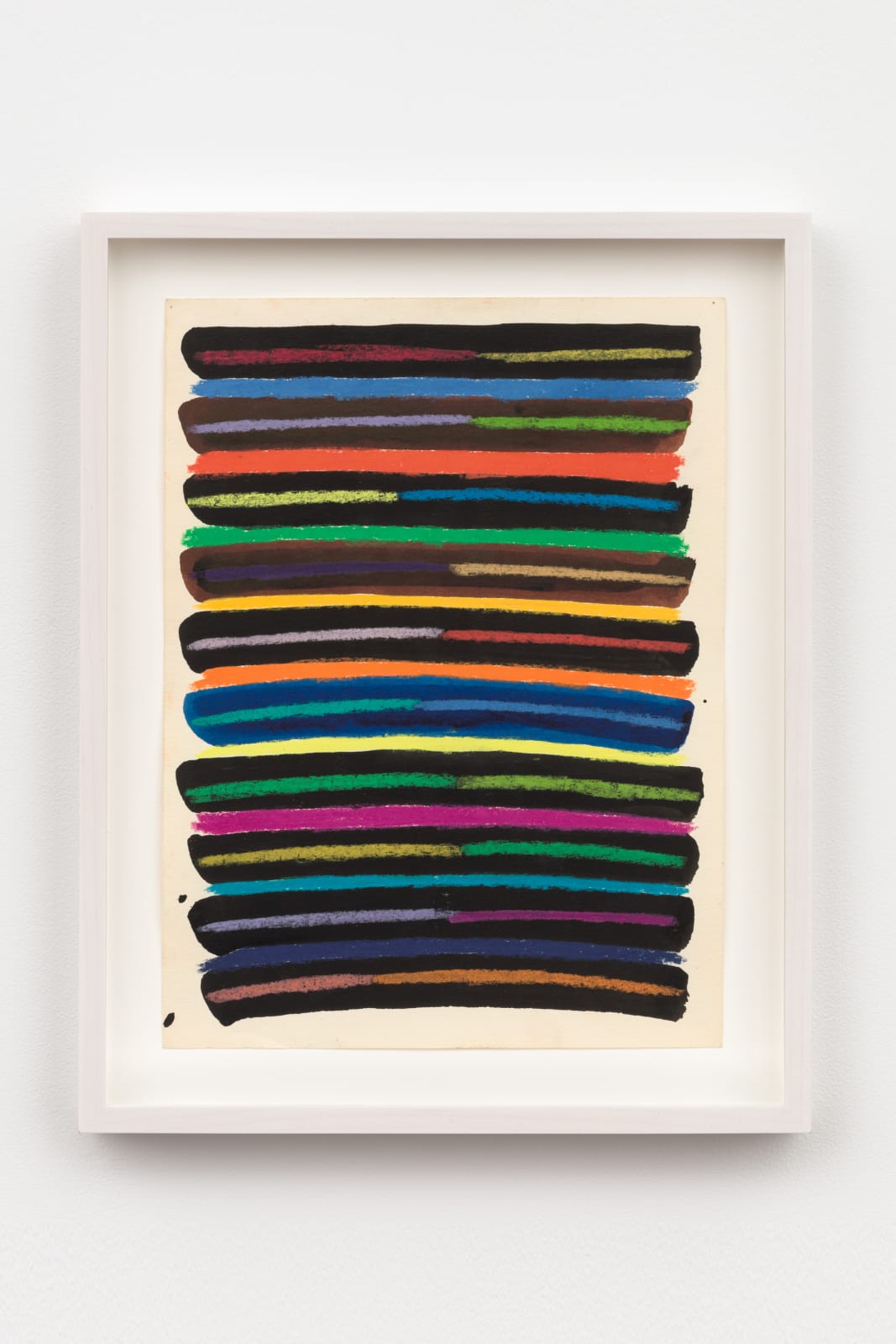
Daniel LaRue Johnson
Sunrise Series 6, 1979
Ink and pastel on paper
30.5 x 22.9 cm
12 x 9 in
Framed: 29.2 x 36.8 x 3.8 cm
11 1/2 x 14 1/2 x 1 1/2 in
12 x 9 in
Framed: 29.2 x 36.8 x 3.8 cm
11 1/2 x 14 1/2 x 1 1/2 in
5
of
5